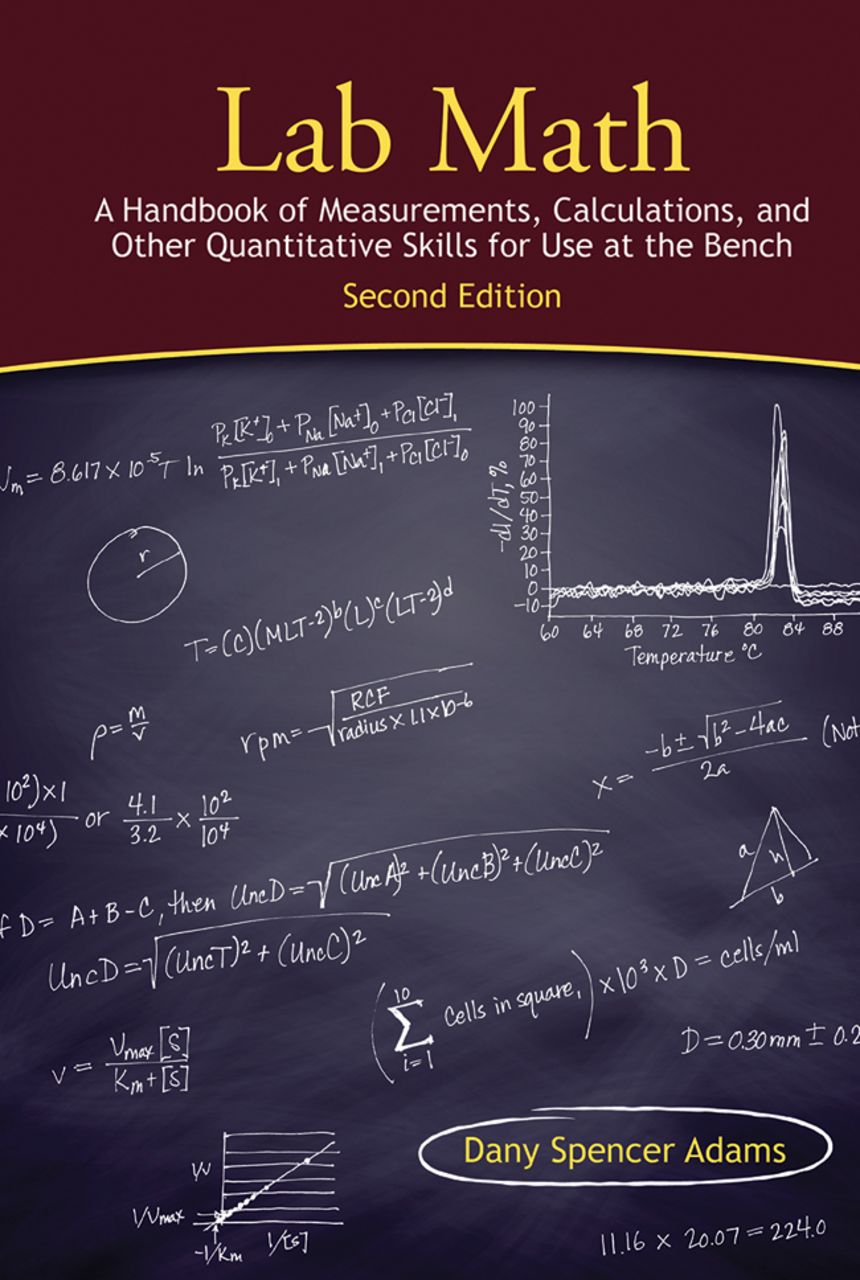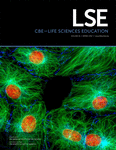You'll Find Answers Here
I have just spent the day exploring molarity, looking for new ideas to make things easier for my students. There are many ways to do this—chemistry textbooks, lab manuals, YouTube videos, Wikipedia, smudged notebooks, hallway conversations. My formal chemistry training was decades ago, and I often rely on old habits and kinesthetic memory when I make up a solution, using my favorite scale and graduated cylinders. My day of research now confirms that the smartest way to learn about molarity still comes from a book I have used since 2003. That was when I got a copy of the first edition of Dany Spencer Adams’ Lab Math. Subtitled A Handbook of Measurements, Calculations, and Other Quantitative Skills for Use at the Bench, it quickly became the go-to resource I left lying around the lab and the perfect gift for graduating research students. With a recently expanded second edition, the book should find new audiences and become even more valuable.

Lab Math can help you calibrate an ocular micrometer, use the amino acid sequence of a protein to calculate molecular weight, understand the differences between PCR cycles, and explain how a pH meter works. Surprisingly for a laboratory guide, Lab Math is characterized by lively writing. The introduction to the chapter on making solutions is both honest and humorous, describing student frustration that has “given rise to vast piles of calculation-covered paper scraps that radiate a desperate hope of stumbling across numerical revelation.”
Most chapters start with “Talking about …,” followed by an alphabetical list of clearly defined terms, setting the stage for the practical information that follows. Chapters 1 and 2 get right to the point, with excellent introductions to “Numbers and Measurements in the Laboratory” and “Chemistry by the Numbers.” The author tackles “Equipment for Measuring, Counting, and Otherwise Quantifying” before “Solutions,” “DNA and RNA,” and “Proteins.” Her chapter on “Statistics and Reports: Collecting, Interpreting, and Presenting Numerical Data” is both simple and sophisticated, full of theory and useful strategies.
Lab Math encourages the reader to think deeply about tasks that might seem mundane. There is elegance in a Bradford assay when it is explained very well, and the pages on scientific notation are just the thing for students who tend to give answers using every “significant” digit that lit up on their calculators. Lab Math is illustrated with a wonderful assortment of Sidney Harris cartoons and includes reference tables, equations, and a section of templates that make standard calculations even easier. The first edition of Lab Math was spiral-bound so it could be opened to lie flat on a laboratory bench. The price for more information in this, the second edition, is a conventional binding, reducing the practicality to a point somewhat contrary to the philosophy of the book.
One of the things that shines through Lab Math is how much Dany Spencer Adams enjoys thinking about quantitative information. Math is powerful, exciting, necessary, and important. To be a scientist and seek answers in the natural world is to be bombarded with information that begs analysis using numbers. The author maintains a website that supports and extends the book, and it is worth clicking on labmath.org. The most recent entry is about confirmation bias, a subject I did not know I needed to understand until I read it. Lab Math answers questions that come up every day in a research setting and is a rich resource for all who love life in the laboratory.



